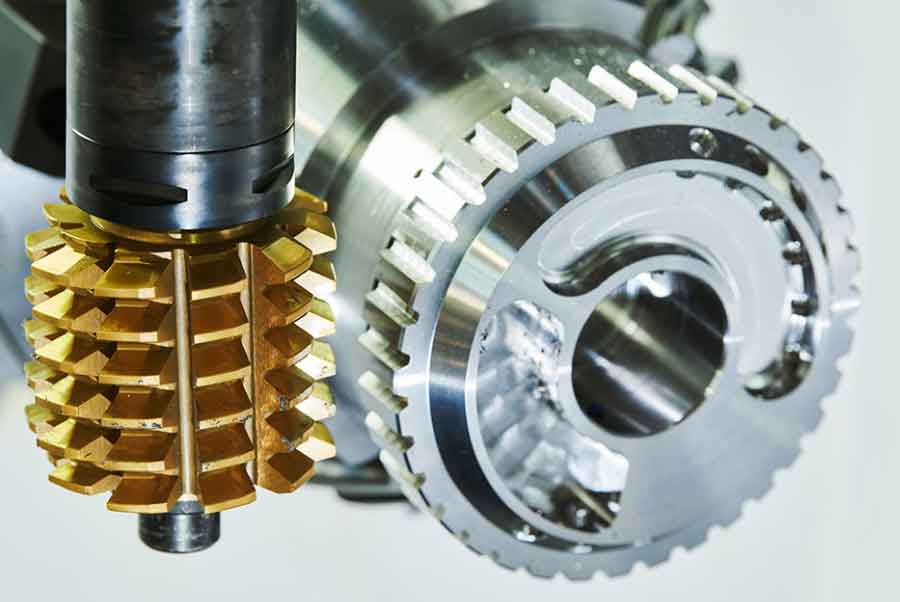Gear hobbing is indeed considered the backbone of industrial gear production due to its widespread use and versatility in manufacturing high-precision gears. Here are some reasons why gear hobbing plays a crucial role in industrial gear production:

- Wide Range of Gear Types: Gear hobbing can produce a wide variety of gear types, including spur gears, helical gears, worm gears, and bevel gears. These gears are commonly used in various industrial applications, such as automotive, aerospace, machinery, and power transmission systems. Gear hobbing allows for efficient and accurate production of these gear types, meeting the diverse needs of different industries.
- High Precision and Accuracy: Gear hobbing machines are capable of achieving high precision and accuracy in gear production. The cutting tools, known as hobs, are designed with specific profiles and tooth geometries to generate precise gear tooth forms. The hobbing process ensures close tolerances, accurate tooth spacing, and smooth tooth profiles, resulting in gears that provide reliable and efficient power transmission.
- Efficient Production Rates: Gear hobbing offers high production rates, making it suitable for large-scale gear manufacturing. The continuous rotary motion of the hob and the synchronized rotation of the workpiece allow for rapid material removal and efficient chip evacuation. This high cutting efficiency and productivity enable manufacturers to meet the demand for gears in industrial applications.
- Cost-Effectiveness: Gear hobbing is a cost-effective method for producing gears in large quantities. Once the gear hobbing machine is set up, it can run continuously, producing gears at a relatively low cost per piece. The process’s efficiency and productivity contribute to cost savings and make gear hobbing an economically viable choice for industrial gear production.
- Versatility in Gear Sizes: Gear hobbing can accommodate a wide range of gear sizes, from small gears to large gears used in heavy machinery. The gear hobbing process allows for the production of gears with different diameters, face widths, and tooth counts. This versatility enables manufacturers to produce gears of various sizes, meeting the requirements of different industrial applications.
- Capability for Customization: Gear hobbing enables customization of gear designs to meet specific application needs. Manufacturers can modify gear parameters such as tooth profile, pressure angle, helix angle, and addendum/dedendum to optimize gear performance. This customization allows for the production of gears tailored to specific load requirements, space constraints, and operating conditions.
- Proven and Mature Technology: Gear hobbing is a well-established and mature technology in the field of gear manufacturing. It has been refined and optimized over many years, resulting in reliable and consistent gear production. The extensive knowledge and expertise in gear hobbing ensure high-quality gears that meet industry standards and customer expectations.
- Integration with Automation: Gear hobbing machines can be integrated with automation systems to streamline the production process. Automated loading and unloading systems, tool changers, and in-process measurement systems can be incorporated, enhancing productivity, reducing manual labor, and improving process control.
Gear hobbing serves as the backbone of industrial gear production due to its ability to produce high-precision gears efficiently and cost-effectively. Its versatility, accuracy, and scalability make it an essential process in various industries where gears play a critical role in power transmission and motion control systems.
